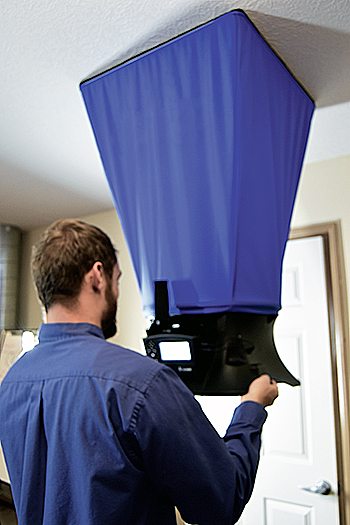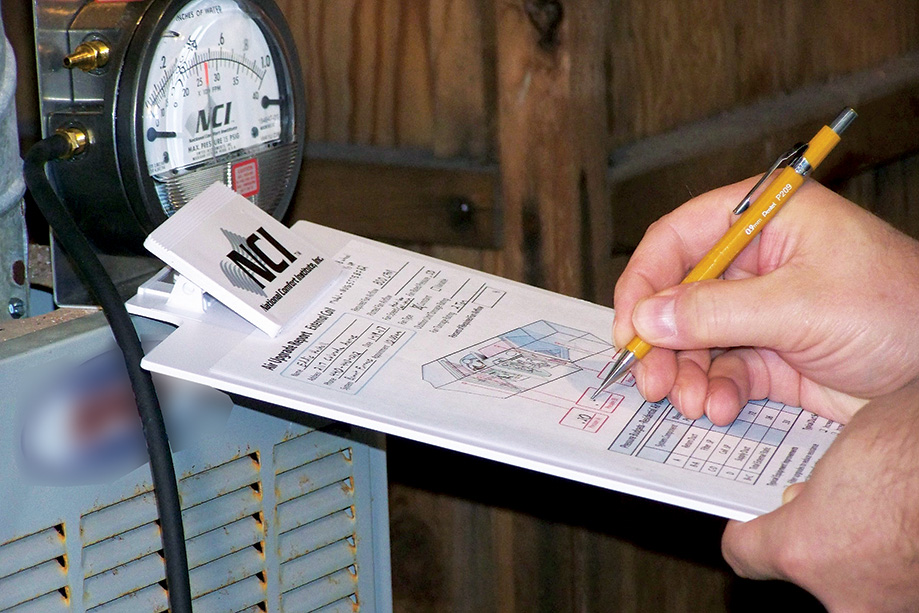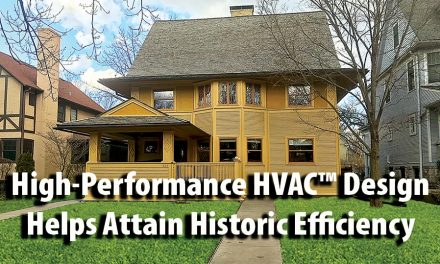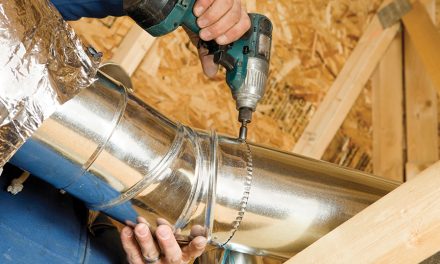Decades ago, when NCI first began to teach system and equipment Btu measurement, our test procedures pulled you into a deep and detailed science experiment that used test instruments considered antique by today’s standards. Current Btu test procedures and instruments reduce your test time by more than half and double the accuracy.
With this in mind, there is little reason for NOT doing Btu measurements and even less reason for not doing them correctly.
Btu Measurement Malpractice
Although you aren’t a medical or legal practitioner, the term malpractice fits well with poorly executed Btu measurement. Malpractice is defined as “a dereliction of professional duty or a failure to exercise an ordinary degree of professional skill or learning.”
Typical mistakes include three common calculation errors, five typical temperature testing faults, and two airflow testing inaccuracies.
Btu measurement is a critical and exacting practice. Minor errors can result in major misdiagnosis and improper repairs.
As you discover Btu measurement mistakes, you will find they are easily avoidable. You can accurately provide correct equipment and system diagnostics and troubleshooting once you understand them.
Btu Measurement in Half the Time and Double the Accuracy

Our Btu measurement procedures and test instruments were archaic in the early days. It took two to three hours to measure a system’s Btu. We were lucky to measure and calculate within ± 15% accuracy. Today, many experienced and certified professionals can measure system Btu in about an hour with an accuracy of ±7.5%.
National Comfort Institute’s (NCI) original Btu test procedures were once bogged down by what we didn’t yet understand. Since an operating heating or cooling system constantly changes air temperature, detailed procedures had you chasing readings all over the building. Then you had to run to verify the rate of change and estimating what the Btu deliver might be.
Our lack of knowledge about temperature probe location also evolved rapidly as we overcame barriers through testing and technical support with many of you in the field. Gaining testing experience also increased both speed and accuracy.
Temperature measurement instruments have been upgraded many times since the days when we carried a pocket full of analog thermometers. Back then, we had to first manually calibrate the batch of thermometers. We then ran from thermometer to thermometer to write down the readings before the system temperatures changed.
Today, we use a tool bag full of Bluetooth temperature probes that report indoor and outdoor ambient, equipment, and system entering and exiting temperature values in precise measurement units. And best of all, our instruments collect every needed reading and record it simultaneously.
Click Below for the Next Page:













Recent Comments